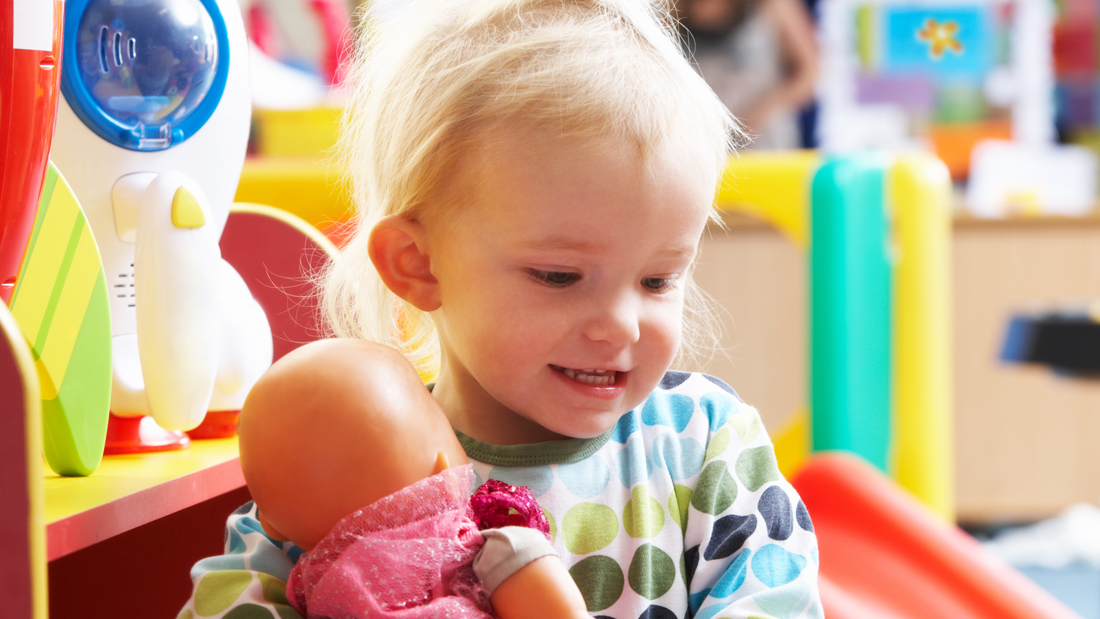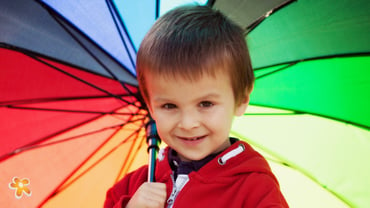The first three years of your child's life are when you will see the biggest growth of language and speech development. He will go from making sounds and “coos” to using words and simple sentences. Though every child is different, The American Speech-Language-Hearing Association or ASHA has set some general guidelines about what he should be saying and understanding by the time he is three years old. Communication skills are split into three main categories: receptive language, expressive language, and speech.
Receptive Language Skills
How well your child understands what is said and communicated to her is called receptive language. Between her second and third birthday you should notice a huge growth with the words she understands and about language meaning and relationships. She should understand the difference in meanings between words such as “stop/go” and comprehend spatial relationship words such “in/on/under”. She should also be able to understand and follow two-part directions such as “go get a book and sit down in your chair”, and recognize pronouns like “he” and “she”. Listening and enjoying stories for longer periods of time is also common for this age.
Expressive Language Skills
How well your child is able to express and communicate his thoughts, feelings, and ideas is called his expressive language. By the time he is three years old, he should have a word for almost everything, even if it is not fully correct. Simple sentences of two and three words will begin to develop, and he should be able to ask simple questions such as “why?” or “where bear?”. Due to the high intensity and fast pace at which he is learning, stuttering may develop at around this age. Normal disfluencies following this significant “language burst” typically last no more than six months.
Speech Skills
Your child’s speech skills refers to the physical process in verbal communication, such as articulation and fluency. By the time she is three, you should notice her speech accuracy improving significantly, though it is still common for her to leave off the final sound of words. People who are around her frequently should be able to determine most of what she is saying. She should have mastered most words beginning with the easier sounds such as “b”, “d”, and “m”, while beginning to incorporate more challenging sounds such as “g”, “k”, and “t”. Click here for a chart of the sounds she should be saying by a certain age.
Remember that these are general guidelines and that every child is different and progresses at a different rate. If you are concerned about your child’s speech and language development, it is important to know you are not alone. Talk to her pediatrician or call our office and speak with one of our speech language pathologists, who will be happy to answer any questions and/or set up an evaluation to address your concerns. Early intervention is the key to her success, so don’t hesitate to call with any questions or concerns today.
Sources: LiveStrong.com | ASHA.org | CDC.gov
Speech And Language Skills Of A Three Year Old
Shandy Marso, Contributor



